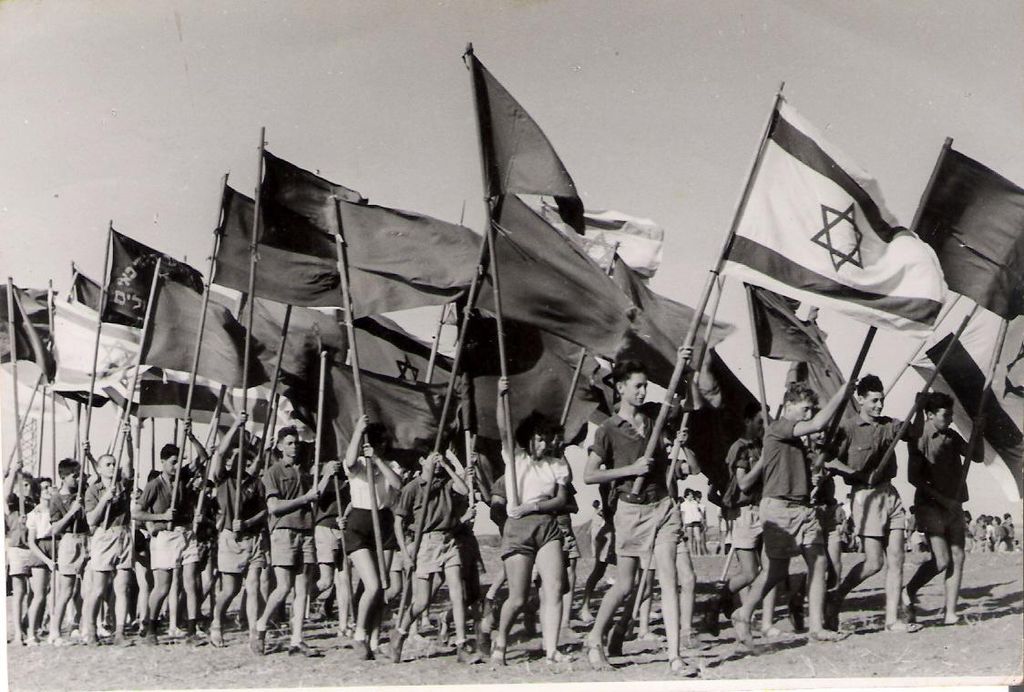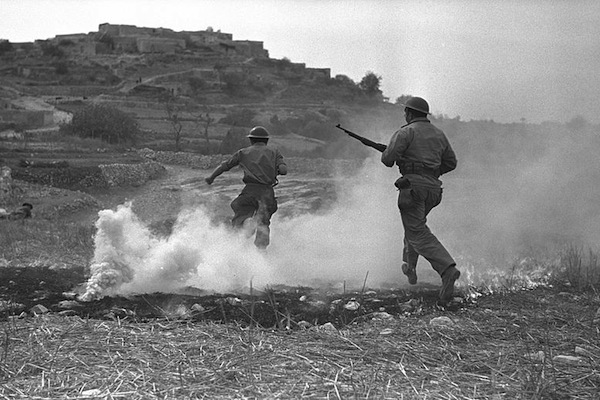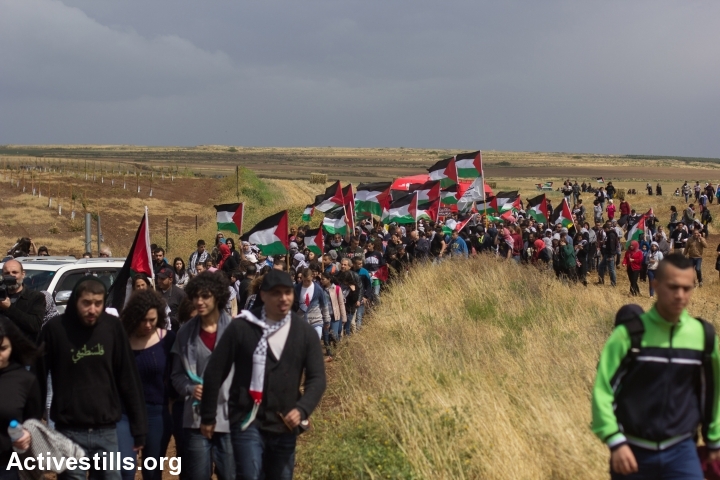The attempt to bar Arabs from buying land in one of the wealthiest, more liberal towns in Israel is a disturbing reminder of Israel’s colonial past — and present.

It keeps happening over and over again. A Jewish town somewhere in Israel finds a way to prevent Arab citizens from buying homes, using its swimming pools, or playing on its professional soccer team. The media reports about the discrimination, there is some public outrage, a few left-wing politicians issue condemnations — and yet nothing seems to change.
The latest example came Sunday morning, when Haaretz reported that Sivan Yechieli, the head of the Kfar Vradim municipal council froze future land bids in an area slated for the town’s expansion. The reason? Too many Arabs had won bids in the previous round and were moving into Kfar Vradim, a small town in the Galilee.
In a letter sent to the 5,550 residents of the town, Yechieli explained that while all citizens of Israel are “welcome to live in our town…regardless of religion, race, or gender,” the interest of the majority is to maintain Kfar Vradim as a “Jewish, Zionist, and secular town.” According to Yechieli, the residents have a right to promote their “community interests,” just as Arabs, ultra-Orthodox, and Druze citizens do.
The attempts to bar Arabs from moving to Kfar Vradim seem contradictory when taking stock of the political affinities of the town’s residents. After all, 59 percent of residents voted for the center-left Zionist Union party in the previous elections, while another 17 percent voted for the left-wing Meretz party. These aren’t the Mizrahim in development towns such as Afula, who are often portrayed by the media as rabid Arab-haters. These are the white, brawny, socialist pioneers who worked and protected the land. They are the best and the brightest, we were taught, that Zionism has to offer. Weren’t they supposed to be the good guys?
Yes, but only if we understand “racism” as much of the Israeli population does: a lamentable outcome of a decades-long war fought over a piece of land by two competing national groups. National rivalry, so it goes, engenders poor behavior — racism, discrimination, xenophobia — on both sides of the battlefield. Under this premise, there is no real difference between the Jews of Kfar Vradim who want to keep their town pure, and their Arab neighbors who prefer Jews stay out.
A closer look at Israeli history, however, teaches that racism is not an epiphenomenon in which all groups are equally racist toward the “other,” but rather the result of colonial policies put forth in the first days of the state, which have always benefitted Israel’s Jewish, and primarily Ashkenazi, population at the expense of Palestinians and other marginalized groups.
Kfar Vradim was built in 1984 as part of a government plan to “Judaize the Galilee.” When Israel was founded, most Jewish citizens of the state lived in the center of the country, close to Tel Aviv, and along the coast; only a fraction of Jews lived in kibbutzim and moshavim spread across the country. Despite mass expulsions of Palestinians by Zionist militias during the 1948 war, Arabs remained an overwhelming majority in the Galilee.

In the eyes of Israeli leaders, large swaths of Arab contiguity posed a strategic and demographic threat to the new Jewish state, leading the government to take on two parallel, interlinked plans: land expropriation, and encouraging Jewish settlement in “frontier” areas. Much of this took place under the auspices of a military government, which ruled the lives of Palestinian citizens of Israel from 1948 until 1966. Meanwhile, the government’s “Judaization of the Galilee” plan provided both economic and ideological incentives for Jewish Israelis to pack up and move north.
New cities, such as Karmiel and Nazareth Illit sprouted up on land expropriated from Palestinian citizens following the Nakba, while dozens of new Jewish communities were built on hilltops as a way to disrupt the contiguity of Arab communities — often built up onto the slopes of hills — as well as to form “mitzpim,” Hebrew for “outlooks,” which served, much as their name suggests, as nodes of control over the Palestinian population below.
Meanwhile, Arab communities were choked by a lack of investment and development plans, driving middle class Palestinians to look for economic and housing opportunities in cities such as Nazareth Illit, Karmiel, and Afula, which have historically been populated by working and lower-middle class Jews, many of whom are of Mizrahi origins. There, too, Arabs have faced a similar backlash from longtime Israeli residents.

Kfar Vradim, which itself was built on land expropriated from residents of the nearby Arab village Tarshiha (as well as land expropriated from Palestinians who fled in 1948) is the sixth wealthiest community in Israel. It is largely dominated by secular, Ashkenazi Israelis, who are closely associated with the founding of the state, and who have dominated its military, economic, political, and cultural elite for decades.
We must remember, despite every bit of Zionist mythology we have been taught as truth, that Israel’s colonial policies are the brainchild of that very same elite — which believed that Israel’s future rested, first and foremost, on Jewish demographic and geographic domination. That’s why Kfar Vradim’s edict is no outlier. On the contrary, it is the result of a long, violent process, whose ultimate goal is to Judaize — to take what belongs to Palestinians and hand it over to Jews. In this sense, Israeli colonialism — even inside its internationally recognized borders — is far from over.

